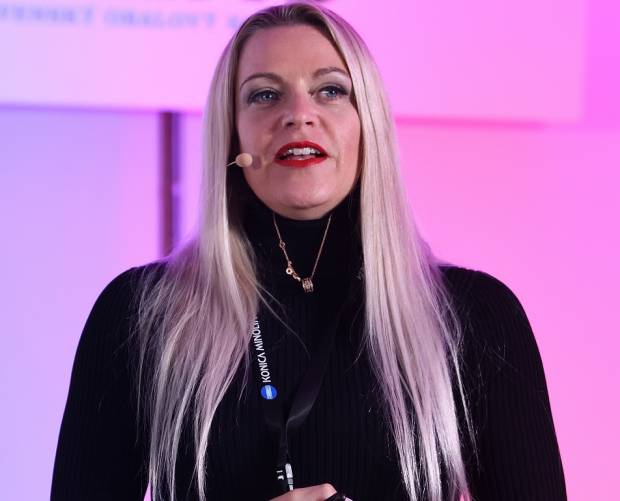Tony Pile, Market Development Manager for Telecoms at Royal Mail, urges caution, and integration, when using new media marketing channels, such as mobile
Companies spend millions of pounds every year marketing their products and services to potential customers in order to drive sales and grow brand awareness. In todays multichannel age, there are a plethora of ways to reach these audiences, ranging from the traditional TV, radio, press ads and direct mail, to the cutting edge - MMS, bluecasting and podcasting.
While marketers are becoming increasingly inventive with the way they communicate with their customers, media proliferation has become a double-edged sword, and is now one of the biggest challenges they face. Since the early 1990s there has been a 560% increase in the number of TV channels, a 120% increase in commercial radio stations, and there are 80% more cinema screens and 40% more magazine titles. Whereas once mass audiences could be reached through a small number of channels, now they are fragmented over a large and increasing number of media, making it more and more difficult to engage with the people you want to reach.
Technological revolution
Over the past decade or so, we have been undergoing a technological
revolution, with a huge growth in the number of affordable personal
devices, offering instant access to information and communication
wherever and whenever we want it. If you consider these devices as
direct routes to potential customers, and therefore an answer to the
problem of media fragmentation, its unsurprising that each new
medium, from email to the iPod, has been pounced upon by marketers as a
new advertising tool.
In many cases, however, marketers are putting the cart before the horse
and making widespread use of a channel before understanding how to do
this in a way that is acceptable to the receiver. Often, the net result
of this gold-rush mentality is widespread consumer dissatisfaction,
which can prove a body-blow to the channels effectiveness as a
marketing medium. SMS is a case in point. New mobile media, such as
bluecasting, needs to be treated, if anything, with even more
sensitivity than other new media channels.
Firstly, there is the issue of security. There have been numerous
tabloid stories about celebrity victims of phishing, who have had
phone numbers, email addresses and compromising photos lifted from
their Bluetooth-enabled mobile phones. And with public cynicism about
both new media marketing and fraud at an all-time high, many people
choose to delete or block any unsolicited communication for fear of
being stung. This means that, at the very least, marketing messages are
ignored, or worse still, marketers risk alienating the very audience
that they are trying to win over.
'SMS Spam Rage'
Furthermore, people are much more attached to their mobile phones than
they are to, say, their email accounts or their television. For
instance, whilst we often accept email spam as a fact of life, we are
less tolerant of unsolicited SMS messages, regarding them much more as
an intrusion of personal space. In fact, research conducted by Royal
Mail, to be published next month, shows that SMS spam rage is the new
road rage.
And unlike SMS, many of those who own a Bluetooth-enabled phone are
unclear about what the technology can do. Indeed, for many people,
their first use of Bluetooth may be to inadvertently receive a
marketing message. Its unsurprising that unwanted advertising,
particularly when repeatedly targeted, can result in consumer hostility
to the sending brand.
As a result, any new media channel should not be approached on its own,
but as part of an integrated campaign, alongside more traditional and
more readily-accepted media. It is also worth remembering reach - not
every prospect in the UK owns or has access to a Bluetooth-enabled
phone, while every household in the country has a letterbox.
A recent integrated campaign undertaken by Eurostar showed how to
integrate new media into a multi-channel campaign to best effect. In
addition to above-the-line activity and direct marketing, Eurostar
chose to test the use of Bluetooth technology on outdoor posters. It
used the system on 15 sites around London, with a downloaded message
directing people to a microsite. The above-the-line component ensured
wide reach, while the direct mail activity reinforced the message and
provided more detailed information.
Any new media should initially be used sparingly within a multi-channel
campaign to support and supplement more traditional activity such as
direct mail and TV advertising. An emerging media will only become
established once consumers feel comfortable being targeted in this
manner. If they are bombarded immediately (as was the case with SMS)
marketers risk creating a backlash that could ultimately damage the
media before it reaches its full potential.
Do you agree with Tony's views, or do you believe the Royal Mail is naturally relucant to see marketers embracing mobile too fully? Send us a comment and let us know your thoughts.







